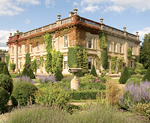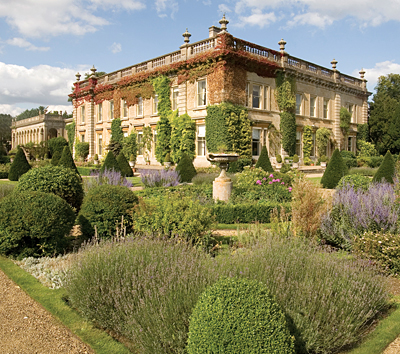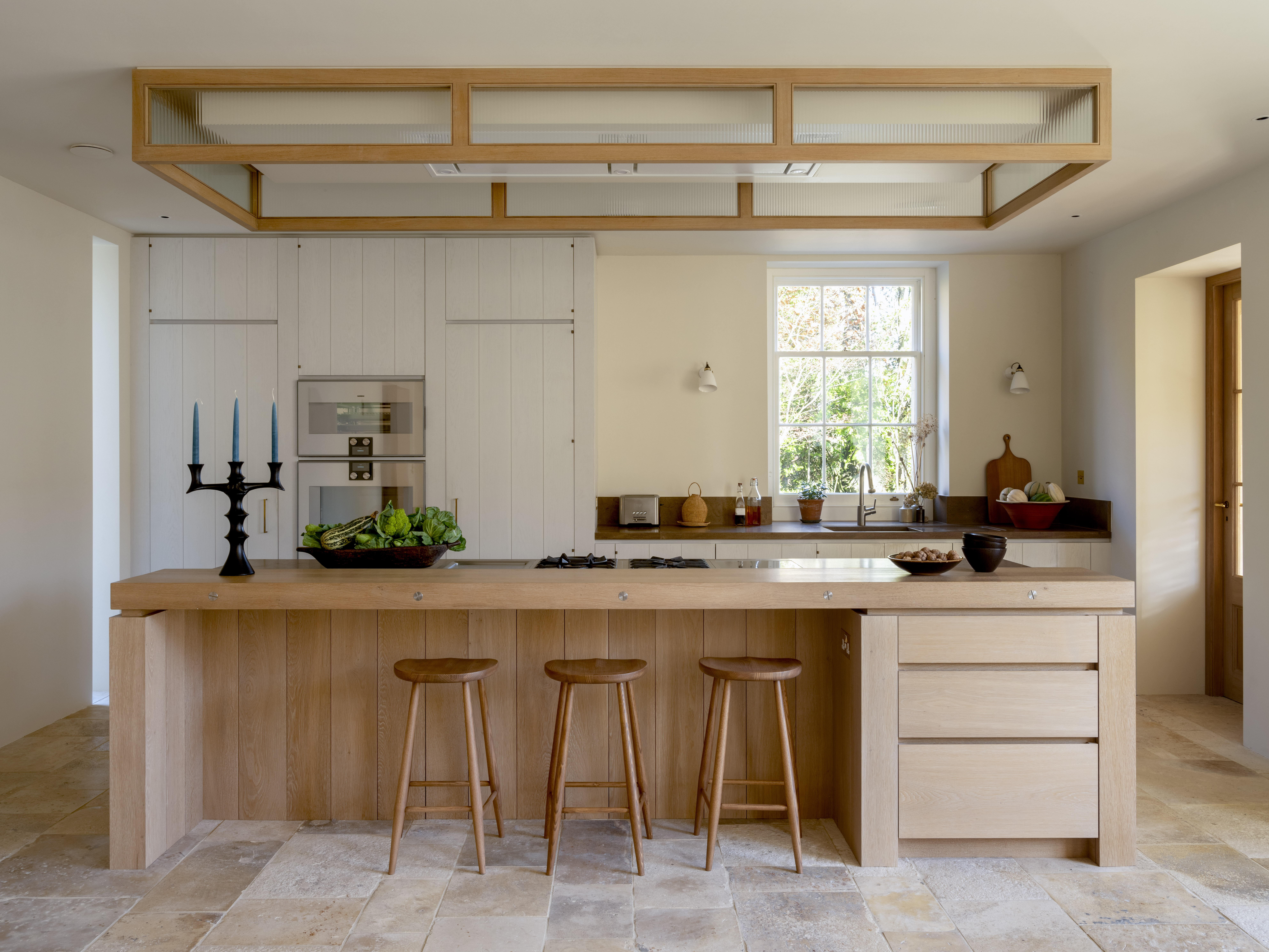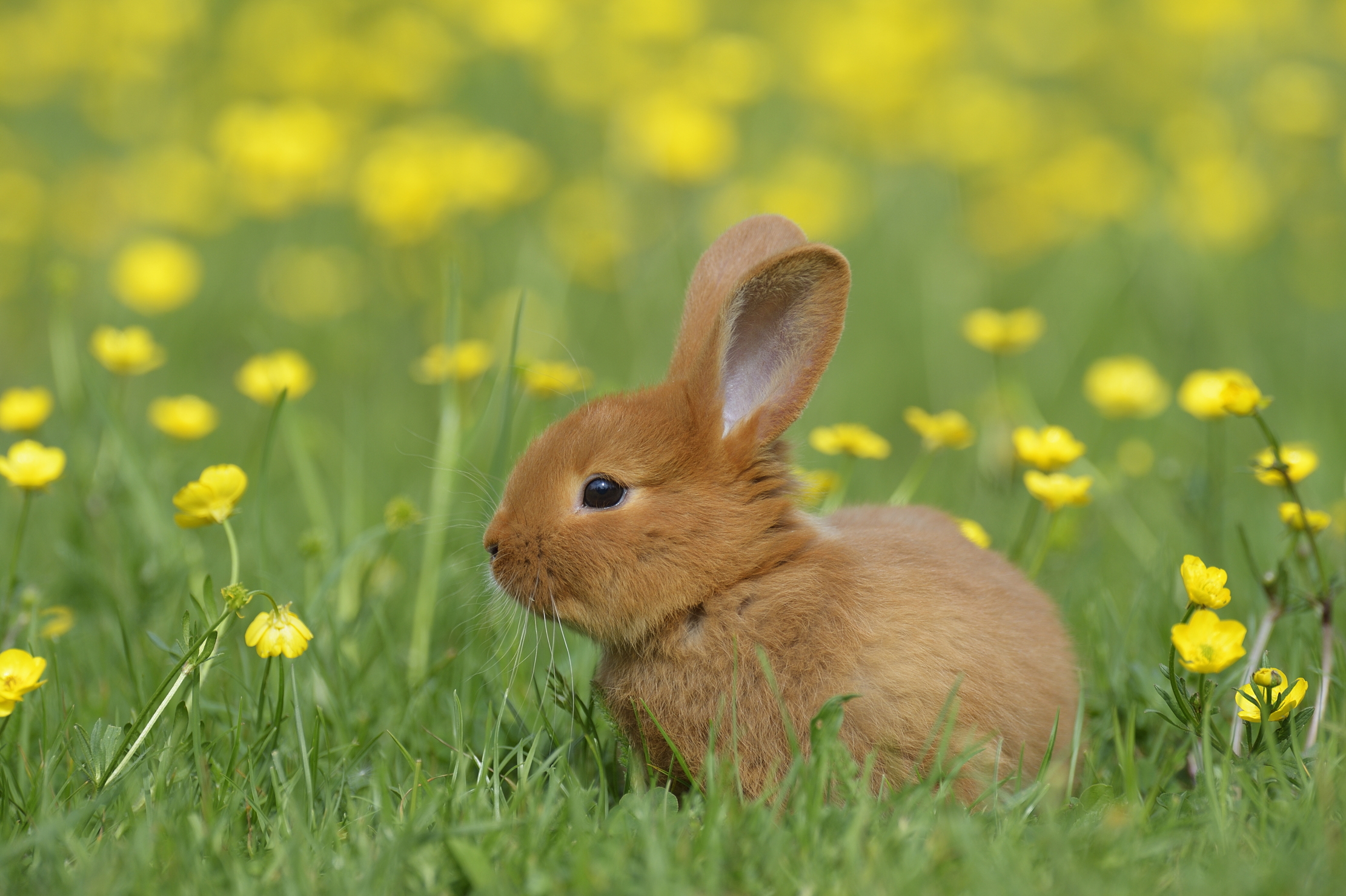The £42m English estate for sale
The most important English estate to hit the open market this year is Kiddington Manor in Oxfordshire


Today sees the launch in Country Life of the prestigious, 2,050-acre Kiddington estate near Woodstock, Oxfordshire, at a guide price of ‘excess £42 million’ through Adkin (01235 862888) and Strutt & Parker (020–7629 7282). Commenting on the most important English estate to hit the open market since Easton Neston in May 2004, James Laing of Strutt & Parker says: ‘Kiddington is a real estate, with all the attributes that implies, including a grand main house, historic landscaped gardens and parkland, in-hand and tenanted farms, 39 estate houses including most of the village of Kiddington, and an excellent private shoot. And all of this is in Heythrop hunt country, with the 2,500-acre Glympton estate on one side, Ditchley Park estate on the other, and a little place called Blenheim just down the road.’
At the heart of the relatively little-known Kiddington estate stands Kiddington Hall, built in 1673 on the site of an earlier house by Sir Henry Browne, whose family lived there from the early 1600s. Great trees mark the fringe of parkland that overlooks the Hall and its lakes, the first of several landscapes created in Oxfordshire by Lancelot ‘Capability’ Brown, who was employed briefly in about 1740 by Sir Charles Browne, Sir Henry’s grandson, and later as consultant landscape gardener in the 1760s.
Famed for his uniquely English style of ‘naturalistic’ landscaping, Brown exploited the ‘capabilities’ of 170 gardens in England, including Blenheim, Adderbury and Nuneham Courtney in Oxfordshire. On first visiting Kiddington Hall and its garden, the 24-year-old Brown promised to make it ‘so agreeable that no one will wish to look beyond it’; he went on to create the undulating park with its signature serpentine lake, formed by damming the River Glyme that flows through the estate and on to Blenheim.
During his lifetime, Brown’s work became the height of fashion, although he had his critics, too. His contemporary, the poet and satirist Richard Owen Cambridge, hoped to die before Brown so that he could see heaven ‘before it was “improved”’. Kiddington has poetic connections of its own.
The Rev Thomas Warton, a fellow of Trinity College, Oxford, who was rector of Kiddington for 20 years and poet laureate from 1785, pictures the coming of spring on the estate in his April Ode with ‘swallows skimming the village green and rooks swarming in the oak trees round the manor house’. Meanwhile, Sir George Browne, another owner, provided the real-life inspiration for ‘Sir Plume of amber snuff-box justly vain’ in Alexander Pope’s The Rape of the Lock.

In 1840, the Kiddington estate passed to Mortimer Ricardo, youngest son of the political economist David Ricardo, who was a major landowner in the county. In 1850, Ricardo commissioned the architect Sir Charles Barry to remodel the house in his trademark Italianate style, build a magnificent new stable courtyard adjoining the hall to the north, and create formal terraced gardens to the south and west, overlooking Brown’s park. Beyond the Victorian orangery to the south, a gate leads to the square-towered 14th-century church of St Nicholas (not included in the sale) where stained-glass windows commemorate Henry Lomax Gaskell and his wife, Alice, whose family lived at the Hall from 1855 to 1953. The estate was then bought by Sir Lawrence Robson, whose son, the Hon Maurice Robson, is the current vendor.
Built of pale, honey-coloured English limestone, Kiddington Hall, listed Grade II, is grand, but in no way oppressive. The entrance and staircase halls are a gentle introduction to the five main reception rooms, which include the splendid Rococo-style drawing room and morning room, the richly decorated dining room with its twin columns and carved marble fireplace, the library with its neo-Classical friezes and the panelled billiard room that overlooks the gardens. The main 18th-century staircase leads to two bedroom suites, seven further bedrooms and three further bathrooms on the first floor; the back stairs lead to the second floor where 10 attic rooms provide space to create additional bedrooms.
Sign up for the Country Life Newsletter
Exquisite houses, the beauty of Nature, and how to get the most from your life, straight to your inbox.
Given that Maurice Robson’s father was a distinguished City accountant, knighted for his services to the profession in which his Eton- and Oxford educated son is also qualified, it is hardly surprising that, these days, the Kiddington estate is run along more-or-less commercial lines. Let property produces an annual income of £437,700, with substantial further returns derived from farming, the shoot, extensive conference facilities housed in the converted Victorian stable block, and wedding receptions held in the orangery.
The estate is being sold as a whole or in 10 lots, with the Hall, stable block, dower house, lodge, two cottages and 466 acres of gardens and grounds, on offer at £17.5 million. The remaining farmland, houses and buildings are being offered in various lots of varying sizes, but none will be sold until a buyer has first been found for Kiddington’s historic core.
Country Life is unlike any other magazine: the only glossy weekly on the newsstand and the only magazine that has been guest-edited by HRH The King not once, but twice. It is a celebration of modern rural life and all its diverse joys and pleasures — that was first published in Queen Victoria's Diamond Jubilee year. Our eclectic mixture of witty and informative content — from the most up-to-date property news and commentary and a coveted glimpse inside some of the UK's best houses and gardens, to gardening, the arts and interior design, written by experts in their field — still cannot be found in print or online, anywhere else.
-
 Designer's Room: A solid oak French kitchen that's been cleverly engineered to last
Designer's Room: A solid oak French kitchen that's been cleverly engineered to lastKitchen and joinery specialist Artichoke had several clever tricks to deal with the fact that natural wood expands and contracts.
By Amelia Thorpe Published
-
 Chocolate eggs, bunnies and the Resurrection: Country Life Quiz of the Day, April 18, 2025
Chocolate eggs, bunnies and the Resurrection: Country Life Quiz of the Day, April 18, 2025Friday's quiz is an Easter special.
By James Fisher Published
